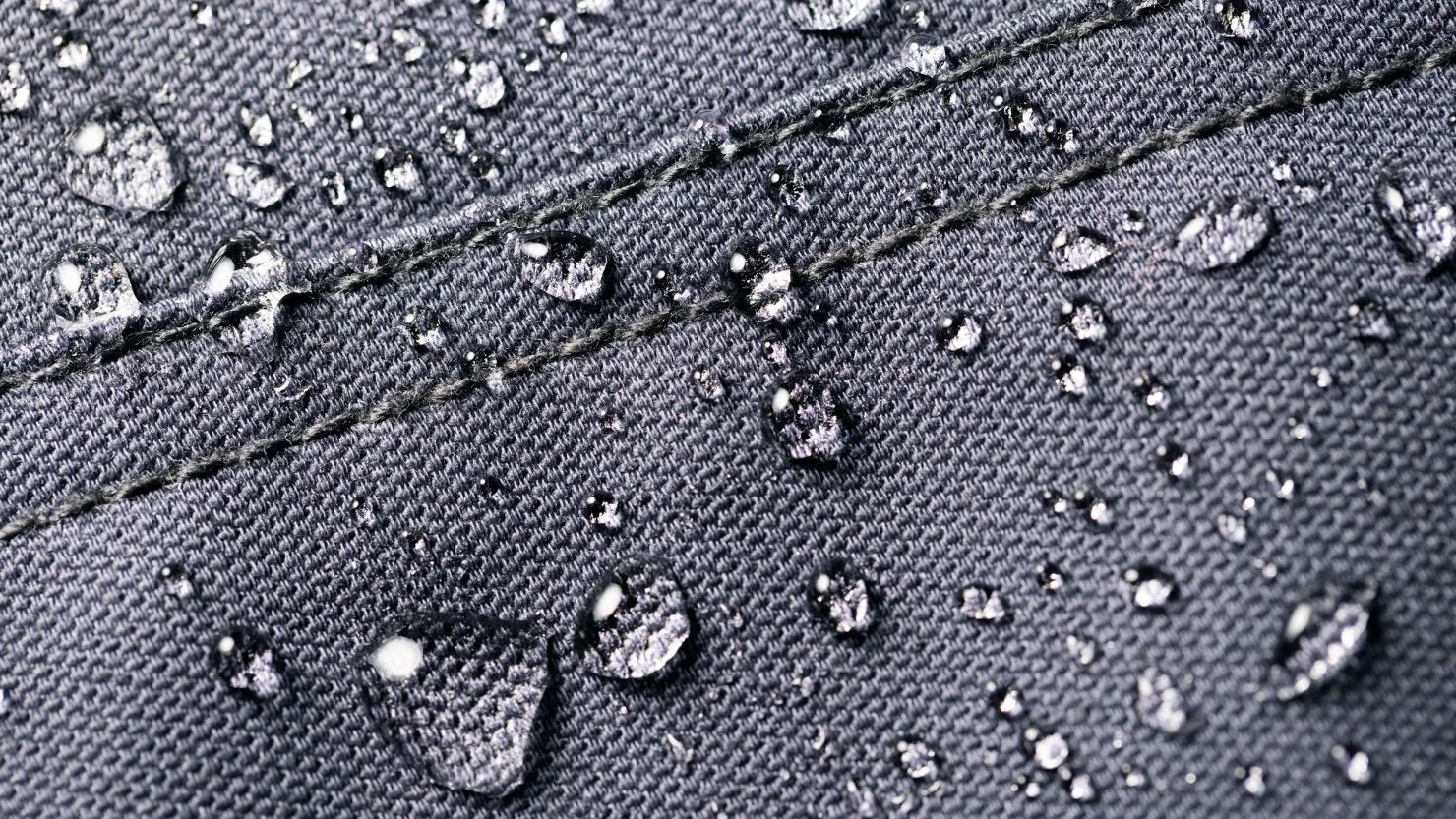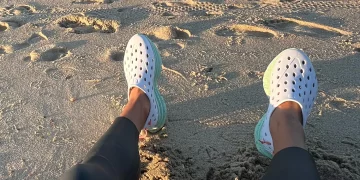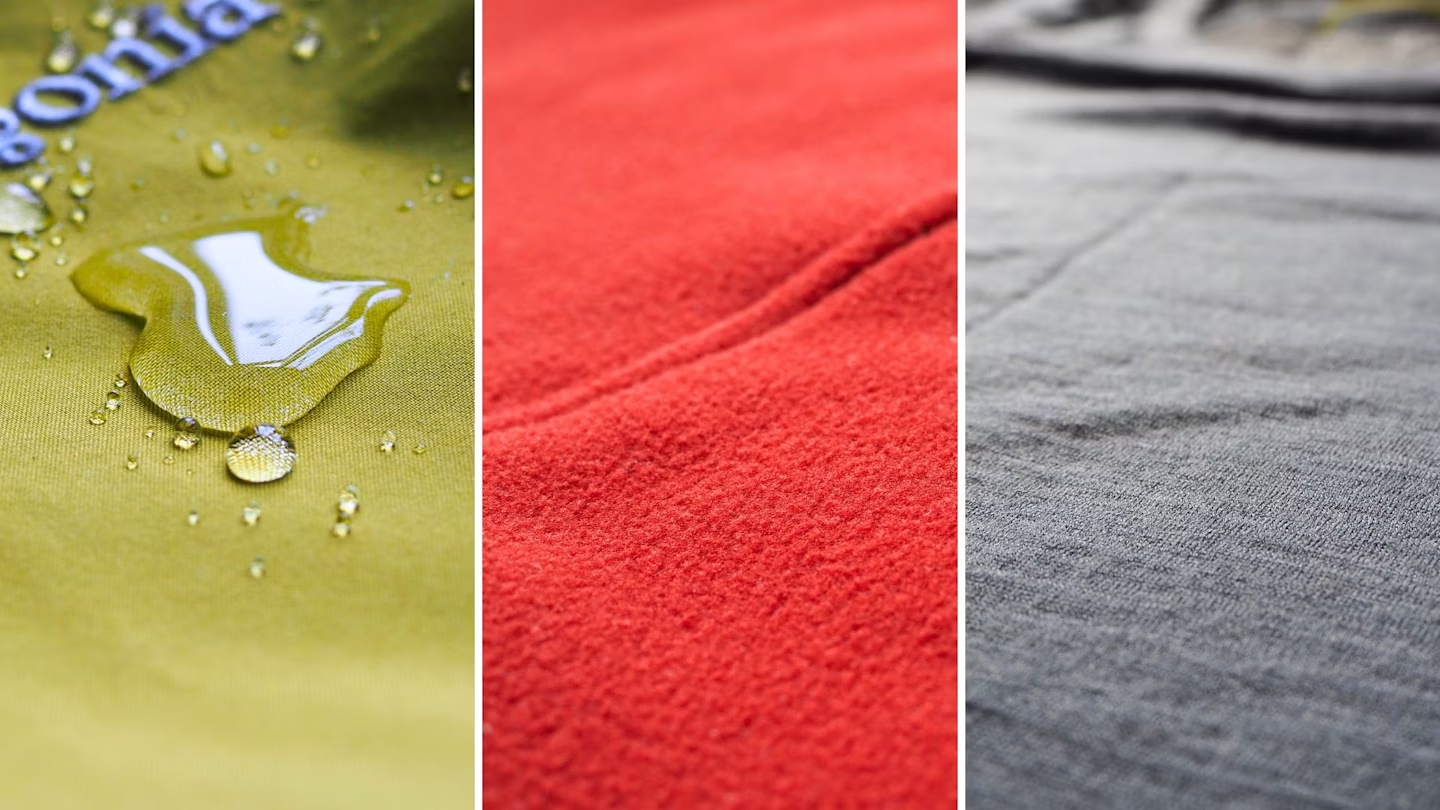Whether you’re an avid outdoor adventurer, a frequent traveler, or just someone who likes to be prepared for whatever life throws at you, the question of whether your gear is waterproof enough is something you’ll need to answer sooner or later. Whether it’s your backpack, jacket, shoes, camera, or even your phone, waterproofing plays a crucial role in protecting your belongings from water damage. But how do you know if your gear is really up to the task?
In this article, we’ll break down the concept of waterproofing, how to assess your gear’s waterproof rating, and how to make sure your equipment can handle the elements. By the end, you’ll have a clear understanding of what you need to look for when selecting or testing your gear, ensuring that it can withstand the harshest of conditions.
Understanding Waterproof Ratings
Before diving into the specifics of testing your gear, it’s essential to understand what “waterproof” actually means. Manufacturers often use several terms, including “water-resistant,” “water-repellent,” and “waterproof,” but these are not interchangeable. Here’s a breakdown of these key terms:
1. Water-Resistant
A water-resistant product can handle light exposure to water, such as a few splashes or light rain. It’s ideal for situations where you’re caught in a drizzle or a brief downpour, but it’s not guaranteed to keep you dry under heavy or prolonged exposure. Water-resistant gear is usually enough for everyday use or quick outdoor excursions.
2. Water-Repellent
Water-repellent gear features a protective coating that causes water to bead up and roll off. It offers better protection than simply water-resistant items, but it still isn’t a guarantee that your gear will stay dry if submerged or exposed to constant heavy rain. Think of it as a step up from water-resistant, but not quite as robust as waterproof.
3. Waterproof
Waterproof gear is designed to resist water penetration under more severe conditions. It can usually withstand extended submersion or prolonged exposure to heavy rain or water splashes. However, this doesn’t mean it’s invincible; there are different grades of waterproofing, and waterproof ratings help determine how much water pressure your gear can handle before water starts seeping through.

4. Submersible vs. Waterproof
It’s important to make a distinction between “waterproof” and “submersible.” The latter is often used to describe gear that can handle being submerged in water for extended periods, such as underwater cameras, diving watches, or waterproof phones.
Key Factors in Waterproofing Gear
Now that we have a basic understanding of waterproof ratings, let’s dive into the factors that affect your gear’s waterproof capabilities. There are several important components that determine whether your gear can keep water out:
1. Material
The material of your gear plays a significant role in how waterproof it is. Common waterproof materials include:
- Gore-Tex: This is a popular material used in jackets, boots, and tents. It’s lightweight, breathable, and can handle significant rain without letting water in.
- Nylon and Polyester Coatings: These fabrics are often treated with water-repellent coatings and are used in backpacks, tents, and other outdoor gear. The coating can wear off over time, so they need to be maintained.
- Rubber and Neoprene: These materials are commonly used in waterproof boots, gloves, and wetsuits. They’re highly effective at blocking water but can be heavy or uncomfortable in some situations.
2. Seams and Zippers
Waterproofing is only effective if the seams are well-sealed. If your gear has poorly stitched seams, water will find a way in, even if the outer material is waterproof. Many high-quality waterproof jackets, bags, and tents have fully taped or welded seams that prevent water from sneaking through tiny gaps. Similarly, waterproof zippers and Velcro closures add extra layers of protection.
3. Waterproof Membranes
Some gear, especially clothing and bags, uses specialized waterproof membranes that block water while still allowing air and moisture vapor to escape. Gore-Tex is the most well-known membrane, but others, such as eVent and Sympatex, also serve the same purpose. These membranes allow for breathability, which is crucial for comfort during activities like hiking or biking, where moisture from sweat can build up.
4. Water Resistance Coatings
Some gear is treated with durable water-repellent (DWR) coatings, which cause water to bead off the surface. While this treatment can be highly effective, it does wear off over time and requires reapplication to maintain performance. DWR coatings are typically found on outdoor clothing, tents, and packs.
5. Pressure and Depth
Waterproof gear is usually rated based on how much pressure it can withstand before water begins to seep through. This is where the waterproof rating comes into play, with the water column pressure rating being a standard method for assessing this. This rating is given in millimeters (mm) and indicates how high a column of water can be placed on the gear before water penetrates.
6. Environmental Factors
The environment in which you’ll be using your gear also plays a big part in determining what’s waterproof enough. For example, if you’re hiking in a temperate rainforest where you’ll face constant, heavy rain, you’ll need more robust waterproof gear than someone who’s heading out for a quick walk in light rain.

How to Test the Waterproofness of Your Gear
Knowing your gear’s waterproof rating and the materials used is crucial, but how do you test it yourself? Here are some simple methods to assess if your gear will stand up to real-world conditions:
1. The Water Test
One of the simplest ways to check your gear’s waterproofing is through a direct water test. This can be done by pouring water over the item and observing how it reacts:
- Water Beading: If the water forms droplets and rolls off the surface, this means the gear is water-repellent, or at least resistant.
- Absorption: If the material absorbs the water, it’s not waterproof.
- Leaking: After applying water, inspect the seams and zippers closely. If water leaks through these areas, the waterproofing is insufficient.
2. Submersion Test
For items like waterproof bags, phones, or cameras, you can conduct a submersion test to verify their waterproof integrity. Place the item in a bowl or tub of water and leave it submerged for a set amount of time—usually 10-30 minutes. Afterward, inspect the gear for any signs of moisture inside.
3. Checking for Wear and Tear
If your gear was once waterproof but no longer seems to be performing as well, it may be time to check for damage. Over time, seams can fray, zippers can fail, or coatings can wear off. Look for signs of wear and treat your gear accordingly by repairing damaged areas or reapplying waterproofing treatments.
Maintaining Your Waterproof Gear
Even the best waterproof gear needs maintenance to stay functional. Whether it’s refreshing a water-repellent coating or repairing a leaking seam, here are some tips to help your gear last longer:
1. Reapply DWR Coatings
For items like jackets or tents with a DWR coating, you’ll need to reapply it periodically to maintain waterproof performance. There are a variety of sprays and washes available that can restore DWR coatings, ensuring that the water continues to bead off your gear.
2. Clean Your Gear Regularly
Dirt, grime, and oils from your skin can break down waterproof coatings over time. Clean your gear regularly to remove any contaminants, but be sure to use mild detergents that won’t damage the waterproofing layer.
3. Repair Leaky Seams and Zippers
If you notice leaks in the seams or around zippers, use seam sealers or waterproofing tape to patch up the problem. This is especially important for outdoor jackets, tents, and bags.
4. Store Properly
When not in use, store your waterproof gear in a cool, dry place away from direct sunlight, as prolonged exposure to UV rays can break down the materials. Avoid storing your gear in damp or humid environments to prevent mold growth.
Conclusion
Knowing whether your gear is waterproof enough depends on several factors, from understanding the rating systems to assessing how your gear performs in real-world conditions. Remember, different situations require different levels of waterproofing, so consider your activities and environment before making a purchase.
In any case, by carefully selecting and testing your gear, maintaining it properly, and understanding what makes your equipment truly waterproof, you’ll be prepared for whatever wet conditions come your way.























